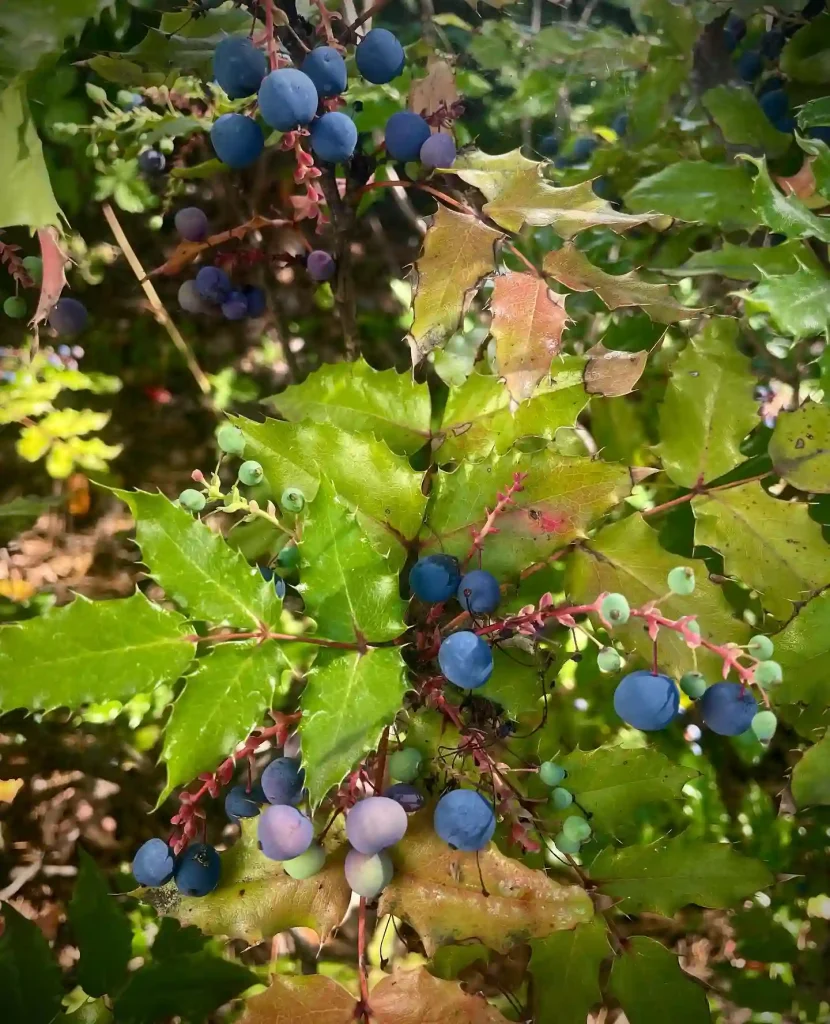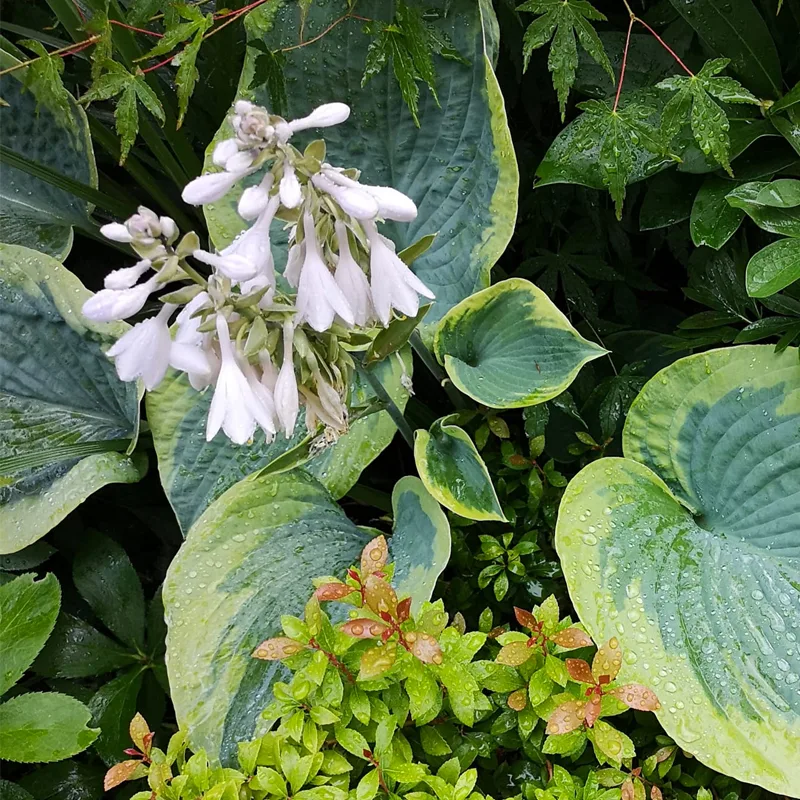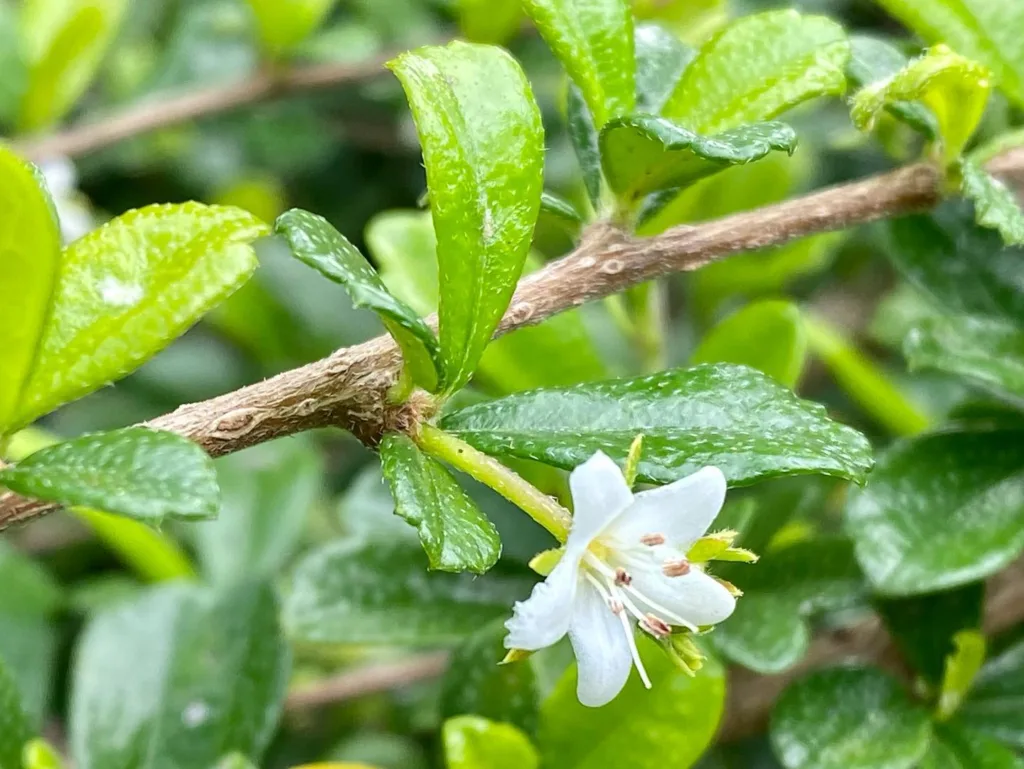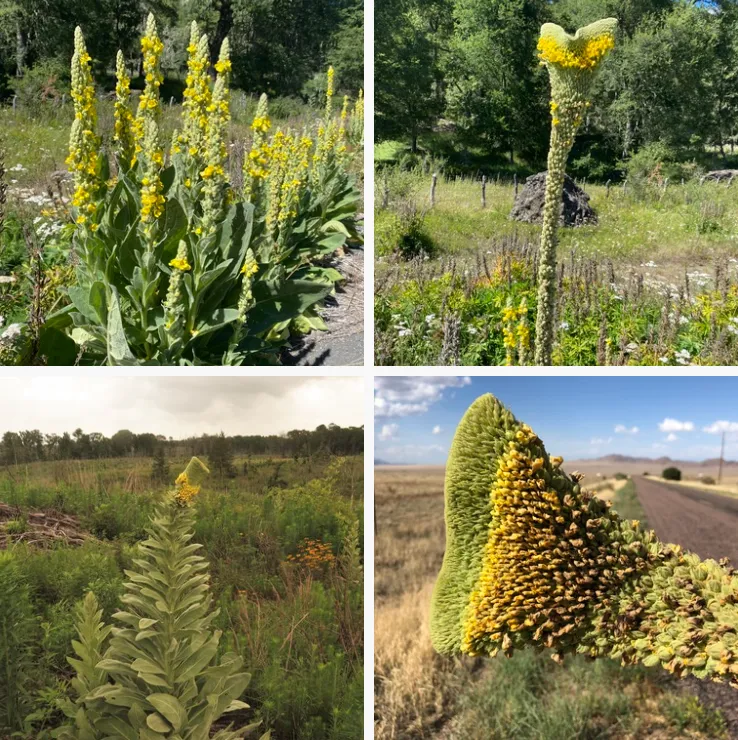FAQs About Epidendrum Magnoliae
I’ve had a deep fascination with Epidendrum Magnoliae, a stunning orchid species known for its striking flowers and resilience. If you’re considering adding this plant to your collection or just curious about it, you’ve come to the right place. Here’s a comprehensive guide to everything you need to know about Epidendrum Magnoliae.
1890 Species in Genus Epidendrum
What Is Epidendrum Magnoliae?
Epidendrum Magnoliae synonym of Epidendrum Conopseum, also known as the Magnolia Epidendrum, is a charming orchid native to the tropical regions of the Americas. This orchid is renowned for its vibrant, fragrant blooms and its adaptability to various growing conditions. It features lance-shaped leaves and produces clusters of white, pink, or lavender flowers that resemble magnolias, hence the name.
How to Care for Epidendrum Magnoliae?
Caring for Epidendrum Magnoliae is relatively straightforward, but there are a few key points to keep in mind:
- Light: This orchid thrives in bright, indirect light. A south or east-facing window is ideal. Direct sunlight can scorch the leaves, so a sheer curtain can help diffuse the light.
- Temperature: Epidendrum Magnoliae prefers a temperature range of 65-80°F (18-27°C). It can tolerate brief drops to 50°F (10°C) but avoid prolonged exposure to cold.
- Watering: Water the plant regularly, keeping the potting medium consistently moist but not waterlogged. Allow the top inch of soil to dry out before watering again. During the winter months, reduce watering to avoid overwatering.
- Humidity: This orchid enjoys high humidity. Aim for 50-60% humidity. You can increase humidity by placing a humidity tray near the plant or using a humidifier.
- Fertilization: Feed Epidendrum Magnoliae with a balanced orchid fertilizer every 2-4 weeks during the growing season (spring and summer). Reduce feeding during the dormant period.
- Potting Medium: Use a well-draining orchid mix, such as one made of bark, perlite, and charcoal. Repot every 2-3 years or when the plant outgrows its pot.
How to Propagate Epidendrum Magnoliae?
Propagation of Epidendrum Magnoliae can be done through division or by using keikis (small plantlets that grow on the parent plant). Here’s how:
- Division: When repotting, gently separate the plant into smaller sections, each with roots and a few pseudobulbs. Re-pot each division into a fresh orchid mix.
- Keikis: Keikis can be removed once they have developed roots of their own. Gently separate the keiki from the main plant and pot it in its own container with orchid mix.
What to Plant With Epidendrum Magnoliae?
Epidendrum Magnoliae pairs well with other orchids and tropical plants. Consider planting it with:
- Phalaenopsis Orchids: They have similar light and humidity requirements.
- Ferns: Their lush foliage complements the orchid’s beauty and helps maintain humidity.
- Bromeliads: These can add a vibrant splash of color and thrive in similar conditions.
Benefits of Epidendrum Magnoliae
Epidendrum Magnoliae is not just a beautiful plant but also offers several benefits:
- Air Purification: Like other orchids, it helps purify the air by removing toxins and improving air quality.
- Fragrance: Its blooms often have a delightful scent, adding a pleasant aroma to your space.
- Aesthetic Appeal: The orchid’s unique flowers and foliage make it a striking addition to any indoor garden.
Toxicity
Epidendrum Magnoliae is non-toxic to humans and pets. It’s safe to have around children and animals, making it a great choice for a household plant.
Common Problems and Solutions
While Epidendrum Magnoliae is relatively hardy, it can encounter a few issues:
- Leaf Yellowing: This can be due to overwatering or poor light. Adjust watering schedules and ensure the plant gets adequate light.
- Pests: Look out for common pests like mealybugs and spider mites. Treat infestations with insecticidal soap or neem oil.
- Root Rot: Caused by overly wet conditions. Ensure proper drainage and avoid waterlogging the potting medium.
How Does Epidendrum Magnoliae Compare to Other Orchids?
Epidendrum Magnoliae can sometimes be confused with other orchids due to its flower shape and growing habits. Here’s how it stacks up against similar species:
- Epidendrum Radicans: While both are Epidendrum species, Radicans has smaller flowers and is more tolerant of lower light conditions.
- Phalaenopsis Orchids: Phalaenopsis have larger, more rounded flowers compared to the magnolia-like blooms of Epidendrum Magnoliae.
- Cattleya Orchids: Cattleyas generally have larger, more flamboyant flowers, whereas Epidendrum Magnoliae’s flowers are smaller and more clustered.
In conclusion, Epidendrum Magnoliae is a fantastic orchid for both beginners and seasoned plant enthusiasts. Its beautiful flowers, ease of care, and adaptability make it a rewarding addition to any plant collection. Whether you’re looking to brighten up your space or add a touch of tropical elegance, this orchid is a great choice.
If i die, water my plants!



